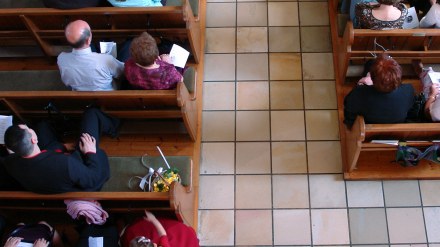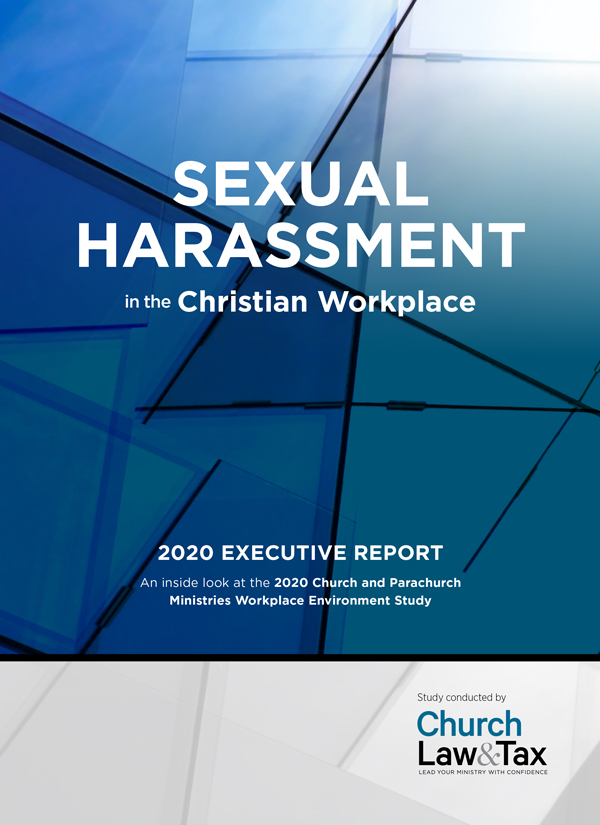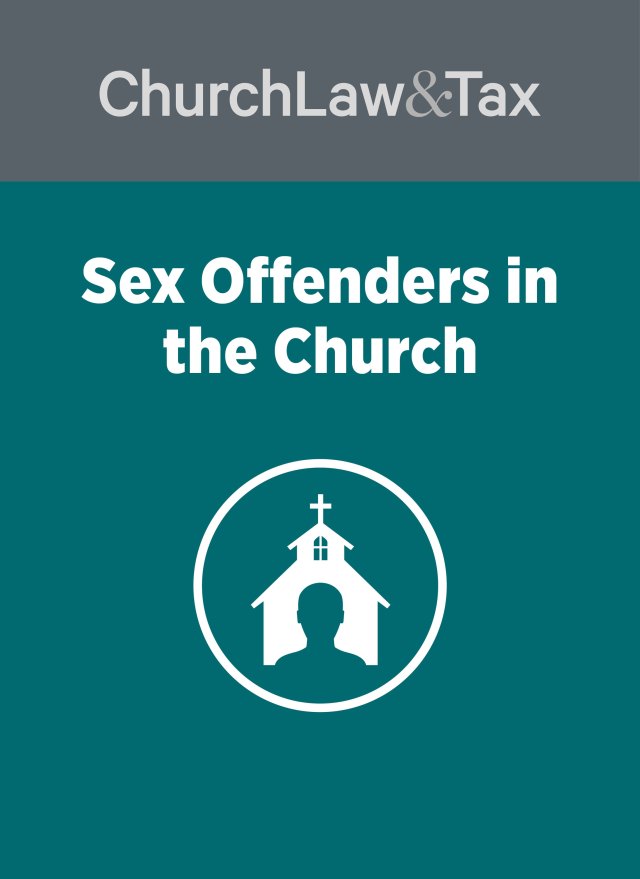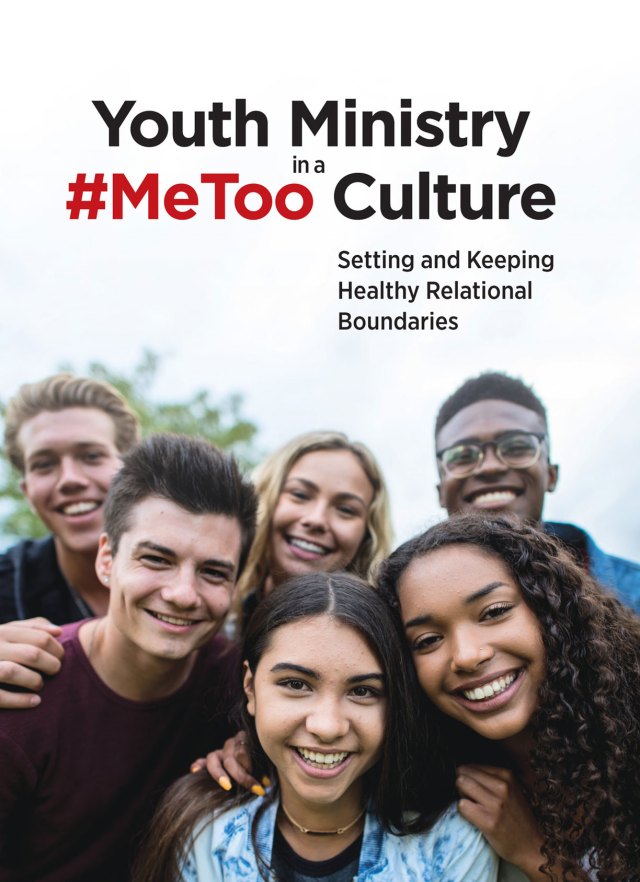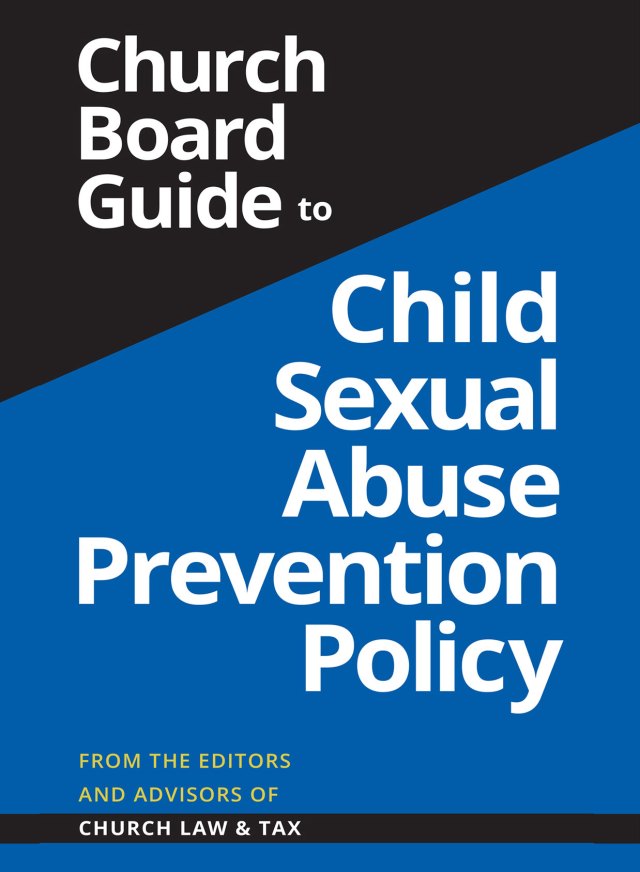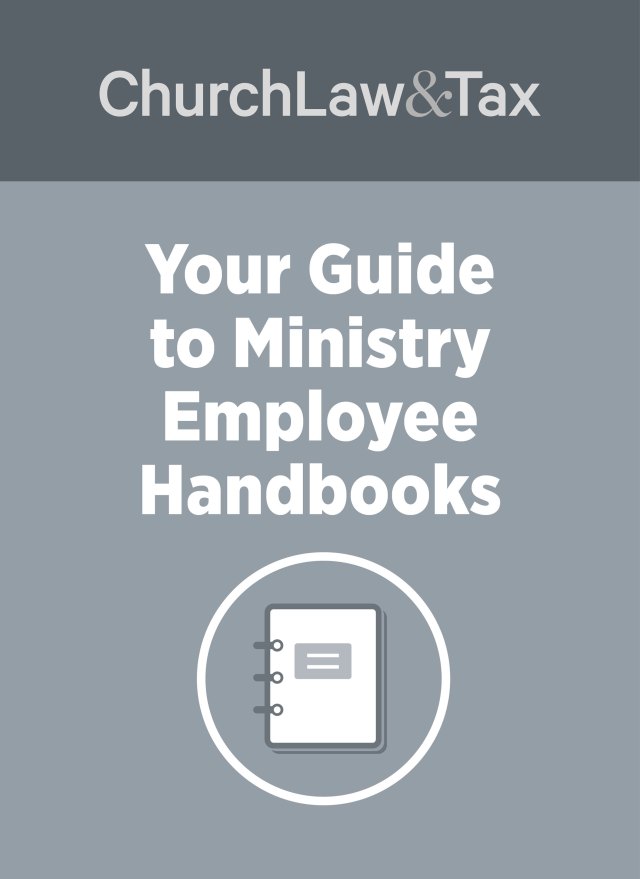The News
In a news release issued July 10, Pew Research Center said it conducted a survey this spring asking US adults (those who say they attend religious services a few times a year or more) whether “the clergy or other religious leaders at their place of worship have spoken out about sexual harassment, assault or abuse.” The survey results: “[A]bout three-in-ten say their clergy have spoken out about sexual abuse (29%), while two-thirds say they have not heard their clergy say anything about this topic (68%).”
Pew Research Center also notes:
- “There are similar patterns among religious groups, with the exception of Catholics. Catholics are more likely than other U.S. Christians to hear clergy talking about sex abuse in general (41% among Catholics vs. 27% among Protestants). And Catholics who attend Mass at least a few times a year are more likely to say they hear their clergy talk only about supporting victims (24%), compared with a smaller share among Protestants (11%).”
- “Among those who attend religious services at least a few times a year, one-in-ten say their clergy have spoken out both in support of victims of sexual abuse and to caution against false accusations. In terms of regular attenders who are only hearing one type of message from their clergy, more hear only about supporting victims (14%) than only about false accusations (2%).”
The Church Law & Tax Take
These results are surprising. Based on the Pew Research Center study, less than one-third of church leaders have publicly discussed concerns recently regarding sexual abuse, sexual harassment, and other forms of sexual misconduct. Perhaps most startling is the fewer number of respondents from Protestant faith traditions who indicated leaders actively raised the topic.
All of this comes despite ample headlines over the past 18 months revealing numerous incidents and cover-ups involving houses of worship. The Catholic Church has faced this controversy for decades. But Protestant denominations have quietly faced their own crisis (and attorney Richard Hammar, Church Law & Tax’s co-founder and senior editor, has long noted the abuse threat in churches and religious communities). The continuing #MeToo and #ChurchToo movements promise to keep these matters in the spotlight for years to come.
Churches ignore these developments at their own peril. The old cliché says “what gets measured gets done.” Similarly, one can argue that “what gets discussed gets addressed.” The ability to shape a culture or environment, particularly within a congregation, depends largely on what the church’s leadership prioritizes. If leaders avoid discussing the threat of abuse and misconduct in their congregations, they very well may allow ongoing cases occurring in their midst to continue, not to mention leave their churches more vulnerable to future cases.
How can leaders respond? Consider conversations at upcoming staff and board meetings. Raise awareness and discussions about how to begin talking about this threat within the congregation. Awareness and education can go a long way toward identifying harmful activity, bringing it to light, and discouraging future attempts.
The following articles can help with these conversation-starters and education:
- “Seven Steps for Creating an Effective Sexual Harassment Policy”
- “How to Investigate a Sexual Harassment Allegation”
- “How to Create a Culture of Accountability in a #MeToo Culture”
- “Minimizing the Risks of Child Molestation in Congregations” (a 13-step plan by Hammar)
- Reducing the Risk: A Child Sexual Abuse Awareness Program
